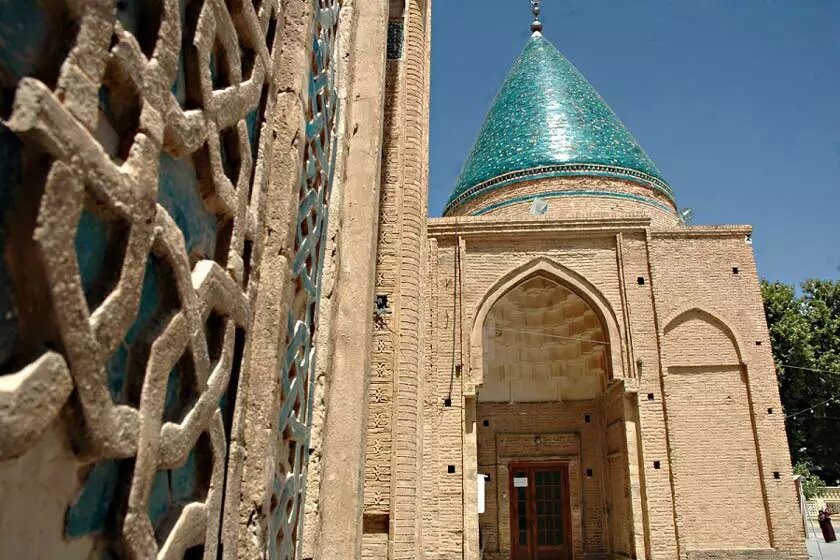Semnan, where desert meets forest on the ancient Silk Road

TEHRAN - Semnan province, located in northern Iran, is a region of remarkable geographical diversity, offering a unique blend of natural landscapes, historical landmarks, and cultural elements.
The province, which spans the longest route of the ancient Silk Road, is a land where the desert meets the forest, creating a stunning contrast that captivates travelers.
Semnan’s history stretches back to the Median era, and its position along the Silk Road has endowed it with a rich cultural heritage. The province showcases a lifestyle deeply adapted to its diverse environment, where ancient traditions and Persian dialects are still preserved.
Visitors to Semnan can experience the remnants of its past in architecture, local customs, and cuisine, reflecting the influence of various cultures that have passed along this historic trade route.
Natural wonders
One of the most striking features of Semnan is its varied ecosystem. To the north, the province boasts the lush Hyrcanian forests, part of a UNESCO World Heritage site. This area, particularly around Shahmirzad, is known for its moderate climate, picturesque villages, and fertile rice farms.
The scenic beauty of the forested mountains, combined with the region’s rich biodiversity, makes it a haven for nature lovers.
In contrast, the southern part of Semnan is dominated by the expansive Dasht-e Kavir desert, a destination renowned for its unique landscapes and ecotourism opportunities.
The desert’s vastness, with its rolling sand dunes and saline patches, offers an otherworldly experience.
The vegetation and wildlife adapted to this harsh environment are a subject of interest for biologists and nature enthusiasts alike. The collocation of the desert with the nearby forests creates a surreal experience for travelers, epitomized by the Opert Wall, a natural barrier where the forest meets the desert.
Historical and architectural marvels
Semnan is also home to numerous historical sites that offer a glimpse into Iran’s rich architectural heritage.
Tarikhaneh Mosque in Damghan, believed to be one of the oldest mosques in Iran, dates back to the Sassanid era. Originally a Zoroastrian fire temple, this mud-brick structure with its distinctive light brown color is a testament to the region’s ancient history.
Another significant site is Darvazeh Arg (“Arg Gate”), an iconic structure representing Qajar-era architecture. This historical gate stands as a symbol of the city’s rich past and is a central point of interest for visitors exploring the urban heritage of Semnan.
Spiritual and mystical heritage
The province is also known for its deep spiritual roots, particularly in the town of Bastam, home to the tomb of Bayazid Bastami, one of the most revered figures in Islamic mysticism and Sufism.
Pilgrims and scholars visit his tomb to pay homage to his legacy and reflect on the profound philosophical teachings that emerged from this region.

A unique blend of nature and culture
Semnan offers a rare blend of natural beauty and cultural heritage, where visitors can explore the contrasts between the fertile forests and the arid desert, the ancient historical sites, and the living traditions of its people.
Whether you are wandering through the verdant landscapes of Shahmirzad, marveling at the architectural splendor of Tarikhaneh Mosque, or experiencing the serene spirituality at Bayazid Bastami’s mausoleum, Semnan presents an unforgettable journey through one of Iran’s most diverse and fascinating provinces.
AM
Leave a Comment